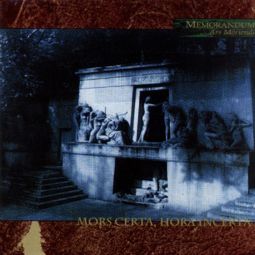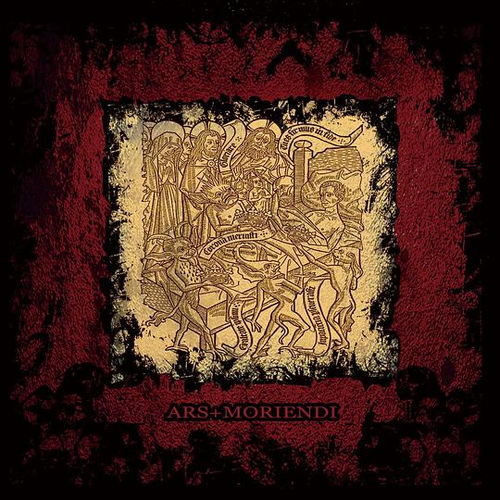Ars Moriendi: A Comprehensive Guide to the Art of Dying
Death, the inevitable end of life, has been a subject of fascination and contemplation throughout human history. The term “Ars Moriendi,” derived from Latin, translates to “The Art of Dying.” This guide aims to provide you with a detailed and multi-dimensional introduction to the concept, exploring its historical roots, cultural significance, spiritual dimensions, and practical considerations.
Historical Roots of Ars Moriendi

The origins of Ars Moriendi can be traced back to the Middle Ages, a period marked by the Black Death and other devastating plagues. During these times, the fear of death was widespread, and the need for guidance on how to face it became paramount. The first known Ars Moriendi manual was written in the 14th century and was intended to help the dying prepare for the afterlife.
These manuals typically consisted of a series of instructions, prayers, and meditations designed to aid the dying in their final moments. They often included moral lessons, advice on confessing sins, and guidance on how to behave during the dying process. The goal was to ensure that the soul would be well-prepared for judgment and eternal life.
Cultural Significance of Ars Moriendi

Throughout history, different cultures have developed their own versions of Ars Moriendi, reflecting their unique beliefs and values. In Christianity, for example, the focus was on preparing the soul for heaven. In Islam, the emphasis was on seeking forgiveness and performing good deeds. In Hinduism, the focus was on achieving moksha, or liberation from the cycle of rebirth.
These cultural variations highlight the universal nature of the fear of death and the desire for guidance in its face. Whether it’s through religious texts, folk tales, or personal testimonials, the art of dying has been a central theme in human culture, providing comfort and solace to those facing their own mortality.
Spiritual Dimensions of Ars Moriendi

The spiritual dimension of Ars Moriendi is perhaps its most profound aspect. It involves the belief that death is not the end but rather a transition to another realm. Many spiritual traditions offer guidance on how to prepare for this transition, including meditation, prayer, and the seeking of forgiveness.
One of the key elements of the spiritual dimension of Ars Moriendi is the concept of the “Last Rites.” These are religious ceremonies performed for the dying, intended to provide spiritual comfort and prepare the soul for the afterlife. The Last Rites may include confession, anointing, and the reading of prayers.
Practical Considerations of Ars Moriendi
In addition to its spiritual and cultural dimensions, Ars Moriendi also encompasses practical considerations. This includes preparing for the physical aspects of death, such as pain management, comfort measures, and end-of-life care. It also involves making arrangements for the deceased’s final resting place and ensuring that their loved ones are taken care of.
One important aspect of practical considerations is advance care planning. This involves discussing and documenting your wishes regarding medical treatment, resuscitation, and other end-of-life decisions. By doing so, you can ensure that your wishes are respected and that your loved ones are not burdened with difficult decisions during their time of grief.
Table: Key Elements of Ars Moriendi
| Element | Description |
|---|---|
| Historical Roots | Originated during the Middle Ages, particularly during plagues like the Black Death. |
| Cultural Significance | Reflects diverse cultural beliefs and values, such as Christianity, Islam, and Hinduism. |
| Spiritual Dimensions | Involves spiritual preparation, including meditation, prayer, and seeking forgiveness. |
| Practical Considerations | Focuses on physical aspects of death, pain management, and advance care planning. |
In conclusion, Ars Moriendi is a multifaceted concept that encompasses historical, cultural, spiritual, and practical dimensions. By understanding and embracing the art of dying, individuals can find comfort and solace in their final moments, ensuring that their journey to the afterlife is as peaceful and fulfilling as possible.
